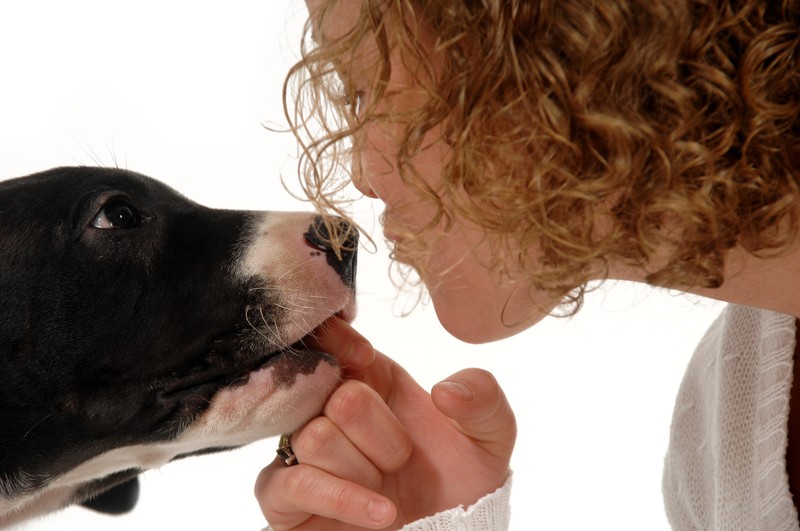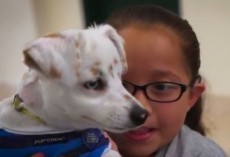We have the journal of Physiology and Behavior to thank for some new research which confirms the importance of touching your dog! It takes in emotional responses of dogs when a loved one greets them after a period of separation. What they discovered can help you forge a closer bond with your furry friend and understand them more!
The investigation was done by Therese Rehn, Linda Handlin, Kerstin Uvnäs-Moberg, and Linda J. Keeling, researchers from the Swedish University of Agricultural Sciences in Uppsala who conducted a study on 12 Beagles. The idea was to mimic the typical situation where you leave the house and then return home after a period of some separation from your dog. The general setup involved a familiar person leaving the dogs in a test area for 25 minutes and then returning. Dogs are not great at discriminating length of time and anything over around 15 minutes is interpreted by our pets as a “long time.” When the familiar person exited, the dogs were alone in the area, accompanied only by an unfamiliar veterinary student who (except when called upon to draw blood samples) sat quietly and did not interact with the dogs. We know that even though the dogs were familiar with the area in which they were left, this was potentially a stressful period of separation; research has shown that stressed dogs are comforted by, and often seek the presence of, a familiar friendly person, but, unfortunately for the dog, there was no such person around.
When the familiar person returned after the separation, the manner in which she was supposed to greet the dog was scripted. In one condition, the familiar person greeted the dog by talking to it in a friendly tone of voice and petting it gently. In another condition the same verbal greeting was given but the dog was not touched. Finally, in a control condition the individual did not greet the dog in any way, but simply entered the room, sat down on a chair, and began to read a magazine.
Obviously we can’t ask the dogs about their feelings, however there are now methods to determine their emotional state scientifically. In this particular study the experimenters measured the emotional response of the dogs using a technique that is becoming more common among behavioural researchers. It involves determining the amount of oxytocin released into an individual’s blood stream. The hormone oxytocin is produced in our bodies in various social situations, and it is sometimes referred to as the “love hormone”
The researchers looked for another hormone that reflected the opposite end, namely some anxiety dogs were feeling when being ignored. Cortisol often referred to as a “stress hormone,” was measured since it appears in a dog during unease.
To read up on this go over to Modern Dog Magazine. What do you think worked best during a human-dog greeting? Touch? Voice? Or both?










